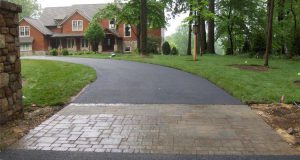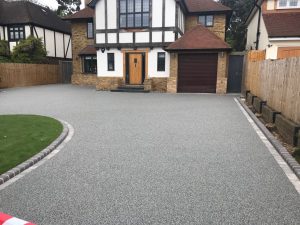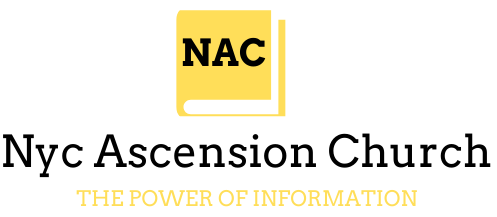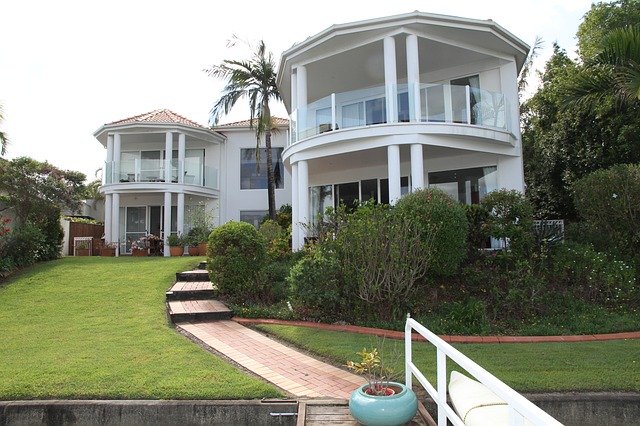Installing a fence around the perimeter of your property adds value and style to your home, creates a sense of security, and appeals to buyers at resale. There are several factors to consider when selecting a fence, including style, maintenance, and cost.

Style
Fence styles includes privacy, semi-privacy and decorative. Consider your reasons for installing a fence to understand what style of fence best suits your needs. If you are seeking a little solitude from neighbors in your backyard, a privacy or semi-privacy fence will achieve this. If you wish to enclose your yard for containing a pet without entirely closing off your views, then a semi privacy, picket, or chainlink fence may appeal to you. If you simply wish to enhance the look of your yard and home or discourage people from using your yard as a cut-through, a simple picket fence is ideal. The height of your fence contributes to it’s overall practicality as well. A six to eight foot fence will offer maximum privacy and security for pets who may jump shorter fences, while a three or four foot fence is more decorative and not as obtrusive as taller models.
In fact, taller the fence, the better it would look and would be an excellent security arrangement to keep thieves and burglars at bay because privacy is the main thing that people want while farmers are more interested in the best fence for goats, sheep or cattle to manage their farm animals.
Maintenance Requirements
Fencing is available in several species of wood, PVC (vinyl), aluminum and wrought iron, as well as some specialty materials like composite wood. Wood fences are the most labor intensive, requiring an initial painting or staining, as well as subsequent treatments bi-annually. While many people choose to allow their wood fences to weather naturally, this dramatically shortens the lifetime of the fence. Repairs to wood fences are relatively easy, but frequent as wood is subject to rot and insect damage. Any repairs to a wood fence will be obvious, as replacement pieces will not have weathered to match the remainder of the fence, and paint or stain frequently varies in color from one batch to the next. Vinyl fencing is relatively maintenance free, requiring no painting or staining, though PVC becomes brittle in cold weather and can be shattered. Repairing a vinyl fence requires contacting your original fence installer for replacement pieces, but repairs will blend seamlessly with the original installation. Aluminum fencing is strong and durable, and will not rust, chip or peel. Maintenance on an aluminum fence is therefore virtually non-existent, though hardware on gates may need occasional oiling or cleaning to maintain a squeak-free swing. Wrought iron fencing, on the other hand, is subject to rusting and many companies warranty finished on wrought iron fences for only one year. Composite wood fencing is touted as maintenance free, with no concerns for rotting, warping or color fading.

Cost
Though personal style choice is important, your fence style and material decisions will likely come down to budget in the end. Chain link fencing is by far the most cost effective choice, with basic wood stockade offering another inexpensive alternative. The cost of wood fencing (not stockade type) varies based on what wood species are locally available. You may dreaming of a beautiful cedar fence, but if cedar is not milled in your area the cost will be quite high. Wrought iron fencing is extremely labor intensive to manufacture, and therefore commands a high pricetag. Aluminum fencing is a mid-range option, slightly less expensive than local wood. PVC fencing is more expensive than wood fencing, but the costs to maintain over the lifetime of the fence are much lower than other fence options.





